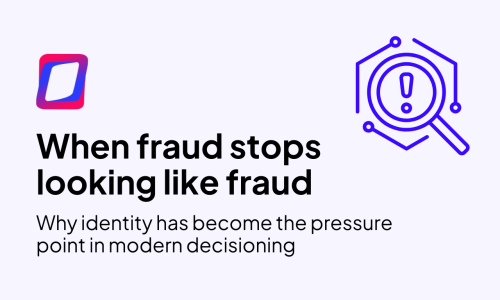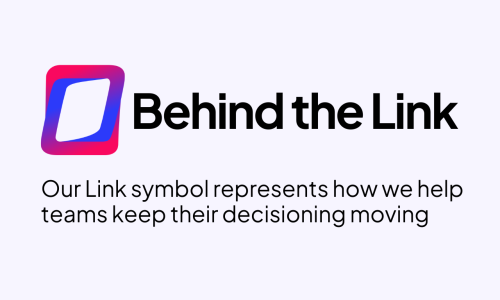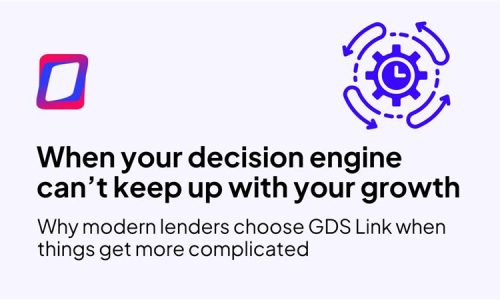Credit Risk Expert, Richard Weil discusses the Art of Underwriting Strategy, Exploring Creditworthiness Assessment and Performance Evaluation
On this episode of The Lending Link, we’re exploring the fascinating realm of consumer lending and credit risk. Host, Rich Alterman, is joined by Richard Weil, a renowned expert in the field with extensive experience in underwriting strategy. Tune in as we unravel the secrets behind effective lending practices and gain valuable insights into the world of credit risk.
Unleashing the Episode: The Art of Underwriting Strategy, Exploring Creditworthiness Assessment and Performance Evaluation
In this riveting conversation, our host, Rich Alterman, engages in an enlightening discussion with Rich Weil, delving into various aspects of lending, creditworthiness assessment, and performance evaluation. Together, they uncover the underlying principles and key factors that drive successful underwriting strategies.
Unearthing the Secrets of Underwriting Strategy
Rich Weil shares his vast expertise in crafting effective underwriting strategies. He reveals the missing link for young small businesses seeking loans and highlights the crucial differences between lending money to friends versus lending to friends. Drawing inspiration from the movie “Moneyball” and its baseball statistics analogy, Rich discusses how data plays a vital role in creating underwriting criteria.
The Five C’s of Credit
Throughout the episode, Rich Weil elaborates on the fundamental concept of the five C’s of credit: character, capacity, capital, collateral, and conditions. He introduces the sixth C, consisting of confirmation, condition, consistency, economy, and conditions, shedding light on their significance in assessing creditworthiness and willingness to repay.
Tools for Understanding Creditworthiness
Listeners gain valuable insights into the tools used to understand creditworthiness and willingness to repay. Rich Weil emphasizes the importance of leveraging data and adjusting underwriting criteria to account for external factors such as economic downturns, using the COVID-19 pandemic as an example. He explains how lenders can incorporate utility into their strategies and incorporate best-in-class products for enhanced risk assessment.
Evaluating Performance and Predicting Lending Performance
Understanding the performance of lending practices is crucial for success. Rich Weil shares his expertise on evaluating performance, acceptable bad rates, and the frequency at which lenders should assess their strategies. The episode also explores the incorporation of capacity considerations, open banking data, and deposit data to predict lending performance and ensure creditworthiness.
Unlocking the Power of Quick Start Models
Listeners are introduced to quick start models, specifically the three-by-three scorecard. Rich Weil provides insights into the balance control factor in credit underwriting and explains how lenders can create the line assignment matrix to streamline their processes. He compares custom models to generic ones and highlights their respective advantages and drawbacks.
The Evolution of the Credit Industry
As the episode draws to a close, Rich Weil discusses the fundamental changes witnessed in the credit industry over the past three decades. Listeners gain a broader perspective on the advancements, challenges, and transformative shifts that have shaped the field of lending and credit risk.
Listen Now
Don’t miss out on this engaging and insightful episode of Lending Link featuring Rich Weil. Gain valuable knowledge about underwriting strategy, creditworthiness assessment, performance evaluation, and more. Tune in now to expand your understanding of the intricacies of lending in the financial industry.
Recent articles

When Fraud Stops Looking Like Fraud
Read article
Behind the Link
Read article





